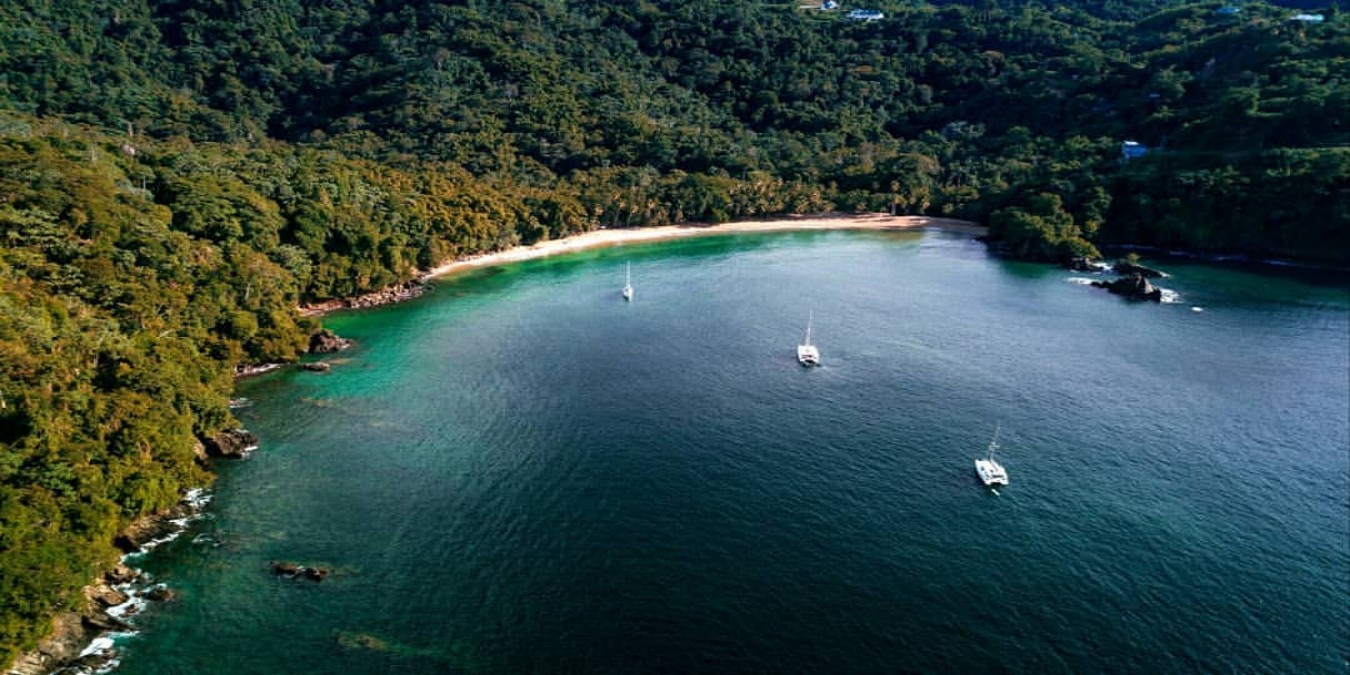Nestled along Tobago’s lush leeward coast, Englishman’s Bay is a stunning, crescent-shaped cove renowned for its pristine natural setting and tranquil waters. Surrounded by the emerald canopy of the Main Ridge Forest Reserve, the oldest protected rainforest in the Western Hemisphere, established in 1776, the bay represents a harmonious intersection of ecological richness and colonial history.
The origin of the bay’s name dates back to the British colonial period, likely referencing a British naval officer, settler, or cartographer who frequented the area during the 18th century. Although it was never a formal port or battleground, its secluded nature and calm anchorage made it a strategic resting point for small British vessels and local mariners navigating the northwestern coastline of Tobago.
Historically, Englishman’s Bay was used by early settlers and indigenous communities for fishing, small-scale trade, and as a gateway to the forest’s many natural resources. Its protected inlet and relative inaccessibility helped preserve its natural character, even as the rest of the island underwent waves of development and modernisation.
Today, Englishman’s Bay stands as a model of sustainable ecotourism, an unspoiled sanctuary that attracts environmentally conscious travellers, sailors, and photographers. With its clear turquoise waters, abundant marine life, and verdant backdrop, the bay offers not only a peaceful retreat but also a living testament to Tobago’s cultural and ecological heritage.


Comments